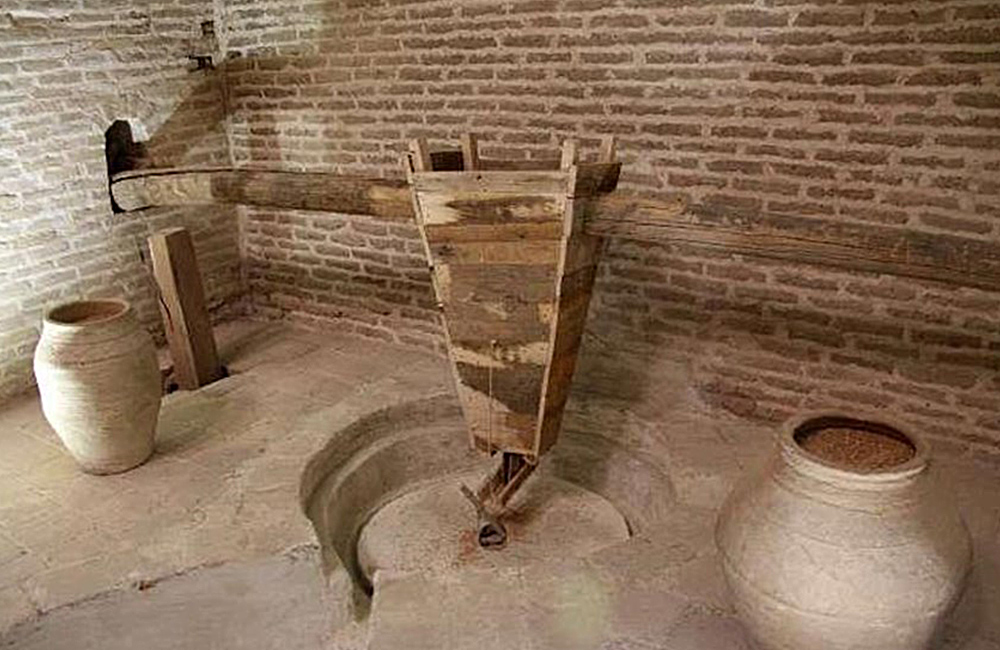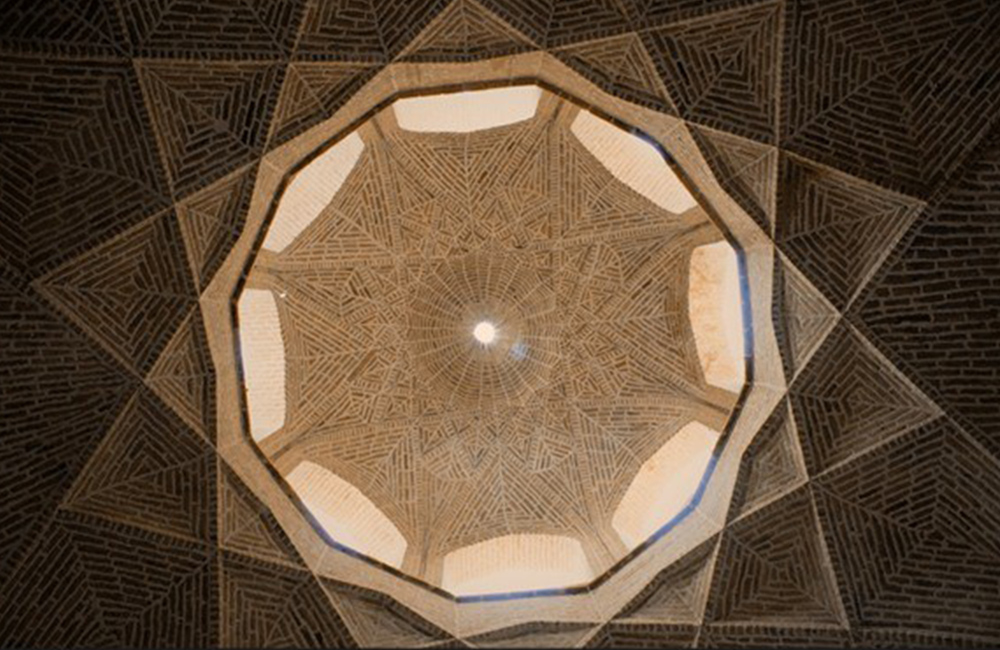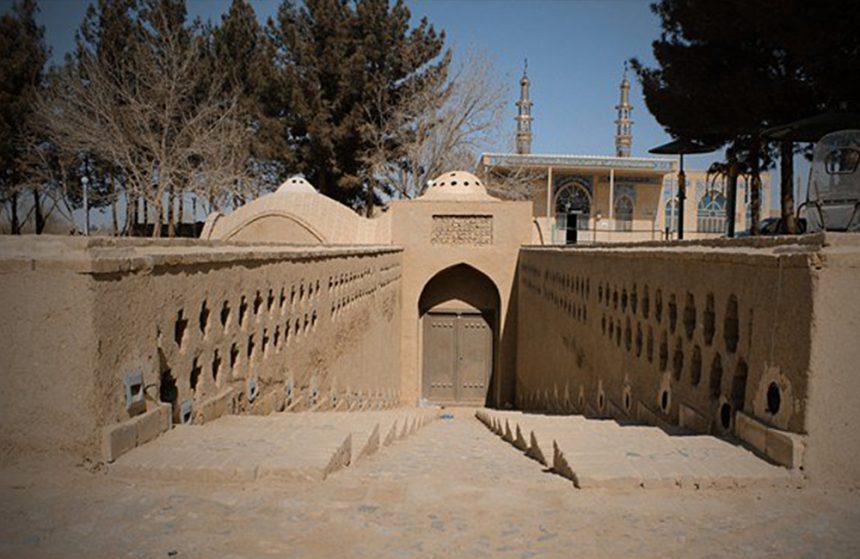When you hear the term ‘watermill’, you immediately think of a grassy outdoor area, birds chirping, and a waterfall turning the heavy wheel of a mill; the Ashkezar Water Mill is about to completely break that reality!
Built in the middle of the desert-town of Ashkezar, Yazd, Iran, the Ashkezar Water Mill is one of the biggest watermills in all of Iran. Once upon a time, it was the flow of the vigorous Hematabad Qanat that effortlessly wheeled its heavy stones.
Come along with goingIRAN to discover how this ancient desert-watermill functioned alongside the famous Persian qanat system!

A Drift in Ashkezar Water Mill’s History
The origins of the ol’ mill can be found stemming from the turn of the 14th century; the Safavid Era. In the same way that it was constructed around the existence of Hematabad Qanat, when it dried up, a few decades ago, the watermill also seized its operation.
It was around 70 years ago, when the qanat’s water became heavily coagulated with sand and debris.As a result, the mill was completely buried for decades. It took five years and the perseverance of the local elders and ICHTO uncover the aged watermill once again.
Currently a restoration project is underway, in order to rejuvenate the old mill and get it producing again!

What’s Afloat at Ashkezar’s Mill
Yet another masterpiece of Persian architecture and ingenuity. If you thought the Persian qanat system was impressive then wait to hear about this technology that extended from it!
For hundreds of years, it was Ashkezar’s sole producer of wheat flour. At its peak rate of production, the Ashkezar Water Mill could turn around 350 kilograms of wheat into flour, per hour.
The Ashkezar Water Mill building is constructed in an octagonal shape with four of the sides measuring 4.8 meters and the other four 2.75 meters in width. The southern section of the watermill was where all the action happened (the wheel and grinder).
Needing to be powered by the qanat’s flow, the mill was constructed seven meters-deep underground. Since qanats use elevation-difference to create flow, the watermill had to be located under the qanat’s level to fully utilize its water pressure.
The entire structure of Ashkezar Water Mill in Yazd, Iran is made of bricks. From its tall and beautiful arcades to its capping dome, brick by brick the delicate patterns were constructed by the masterful Persian builders.
To get down to milling site, visitors must travel down a 56 meter staircase and pass through the beautifully rustic wooden doors waiting at the bottom.
Getting There
Travelers and tourists wanting to visit the Safavid-era watermill will be happy to know that it’s within close reach! The small town of Ashkezar, hugging the border of the desert, is only a mere 20 kilometers north of Yazd City.
Travelers can take a bus from Yazd’s bus terminal, take a taxi or perhaps even find a minibus leaving from the Yazd’s center. If you’re accompanied by a tour guide, you’ll easily be able to find a way there by asking around. Safe travels!
| Befor Travel To Iran Read This Articles
how you can use Credit Card in Iran
Everything About Internet access in Iran


